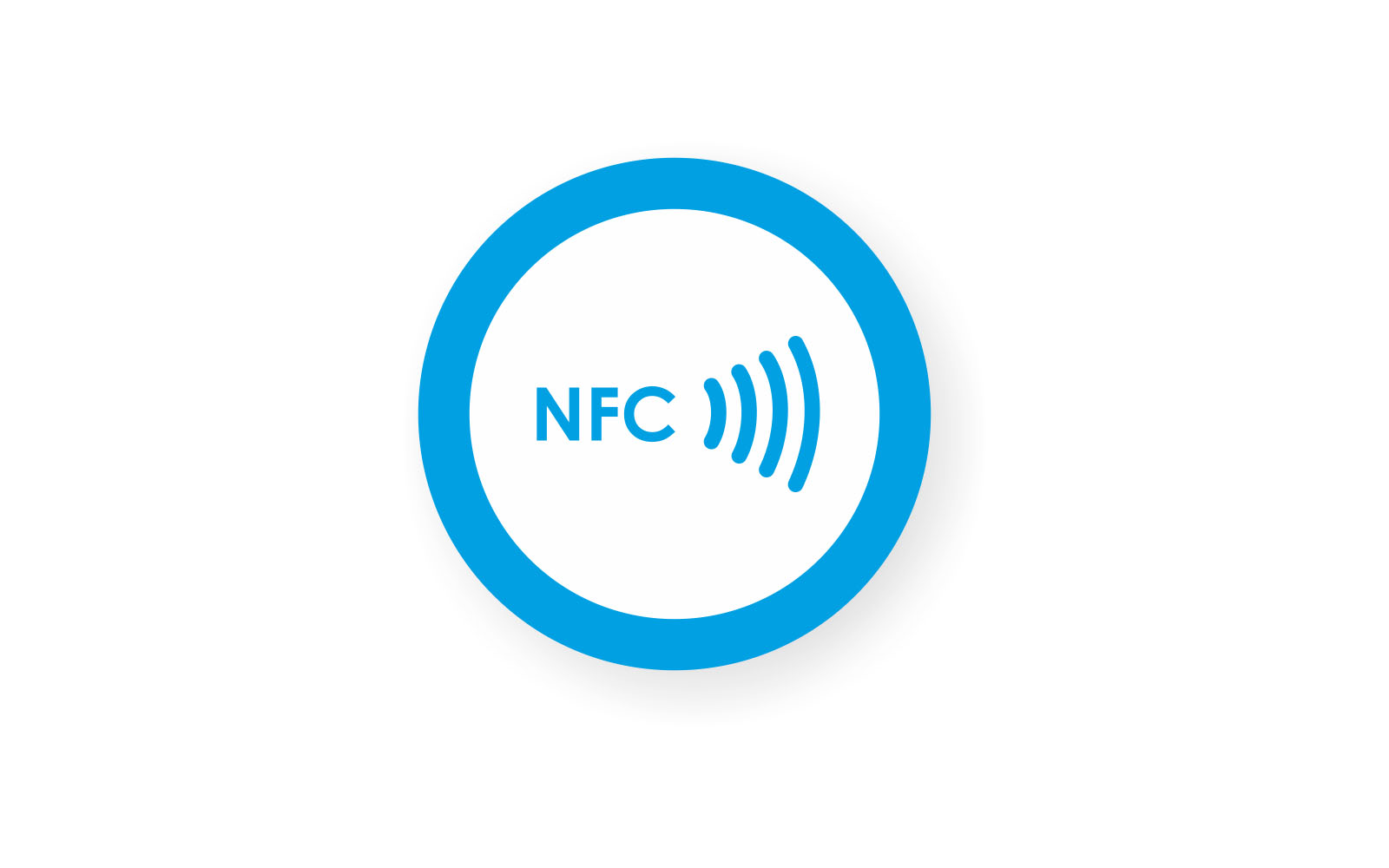Insurance is a contract, also known as a policy, in which an individual or entity receives financial protection or reimbursement against losses from an insurance company. The company pools clients’ risks to make payments more affordable for the insured.
There are several types of insurance, including:
- Life Insurance: Provides benefits to beneficiaries after the death of the policyholder. There are two primary types: term life (provides coverage for a specified period) and permanent life (life-long coverage and can build cash value).
- Health Insurance: Covers the cost of an insured individual’s medical and surgical expenses. Depending on the type of health insurance coverage, the insured pays the costs out-of-pocket and is then reimbursed, or the insurer makes payments directly to the provider.
- Auto Insurance: Protects the policyholder against financial loss in the event of an incident involving a vehicle they own, such as in a traffic collision.
- Homeowners Insurance: Covers losses and damages to an individual’s house and assets in the home. The policy often includes liability coverage against accidents in the home or on the property.
- Renters Insurance: Similar to homeowners insurance but for those who rent their living space.
- Disability Insurance: Designed to replace a portion of your income if you become disabled and are not able to earn an income.
- Long-term Care Insurance: Covers care generally not covered by health insurance, Medicare, or Medicaid. It’s for individuals who can’t perform the basic activities of daily living such as dressing, bathing, or eating.
Understanding your insurance policy:
Insurance policies may seem complex, but it’s crucial to understand the details of your coverage. When considering a policy, remember to examine:
- Premiums: This is the amount you pay for the policy. You may pay premiums monthly, semi-annually, annually, or in one lump sum.
- Deductible: This is the amount you must pay out-of-pocket before the insurance company starts paying. A higher deductible usually means lower premiums, but more cost if you have to file a claim.
- Policy Limit: This is the maximum amount an insurer will pay under a policy for a covered loss.
- Exclusions: These are events that are not covered by the insurance policy.
- Claims Process: You should understand the process of filing a claim and receiving payment in case of a loss.
Insurance can seem expensive, but without it, the cost of potential losses could be devastating. It’s an essential part of any financial plan, providing security and peace of mind for you and your family. When you shop for insurance, compare different providers and policies to ensure you’re getting the best coverage for your needs.

Best Insurance Companies in the World
Here are some of the best insurance companies in the world, based on a variety of factors, including financial strength, customer satisfaction, and product offerings:
- Berkshire Hathaway is a holding company that owns a number of insurance companies, including Geico, General Re, and Berkshire Hathaway Specialty Insurance.
- Ping An Insurance is a Chinese insurance company that is the largest insurance company in the world by market capitalization.
- Allianz is a German insurance company that is the largest insurance company in Europe.
- AXA is a French insurance company that is the largest insurance company in France.
- MetLife is an American insurance company that is the largest insurance company in the United States.
When choosing an insurance company, it is important to compare rates and coverage options from a variety of companies. You should also consider the financial strength of the company and its customer satisfaction ratings.
Here are some additional factors to consider when choosing an insurance company:
- Financial strength: Make sure the insurance company is financially sound and has a good track record of paying claims.
- Customer satisfaction: Read customer reviews to get a sense of how satisfied other customers are with the company’s service.
- Product offerings: Make sure the company offers the types of insurance you need, such as life insurance, health insurance, homeowners insurance, and auto insurance.
- Price: Compare rates from different companies to find the best price for the coverage you need.
- Customer service: Make sure the company has good customer service in case you need to file a claim.
Find the Best Insurance for Your Needs
Finding the best insurance for your needs can be a challenging task given the range of products and providers available in the market. Here are some steps to guide you in making an informed decision:
1. Determine your insurance needs: First, you need to establish what kind of insurance you require. Common types of personal insurance include auto, home, life, health, and disability insurance. Your needs will depend on various factors like your lifestyle, family status, health condition, age, and profession.
2. Understand the terms: Before you purchase any insurance policy, make sure you understand the terms, including the premium, deductible, policy limit, and any potential exclusions. Don’t hesitate to ask questions if there’s anything you’re unsure about.
3. Shop around and compare quotes: Get quotes from different insurance companies to compare costs and coverage. There are many online tools and websites that can help with this. Remember, the cheapest policy is not always the best. Make sure the policy provides the coverage you need.
4. Check the company’s reputation and financial stability: Research the insurer’s reputation for customer service and its financial stability. Websites like J.D. Power, the Better Business Bureau, and AM Best can provide valuable insights.
5. Consider working with an insurance broker or agent: An insurance broker or agent can help you navigate the process. Brokers work with multiple insurance companies, which can help you get a better deal. An agent, on the other hand, typically works for a single insurer.
6. Review your insurance needs periodically: Your insurance needs can change over time. For example, getting married, having a child, buying a new home, or changing jobs can all affect your insurance needs. Review your coverage annually or whenever you undergo a significant life change.
Remember, insurance is designed to protect you and your assets from unexpected events and financial hardship. It’s crucial to invest time in understanding and selecting the best insurance policies to meet your needs.



